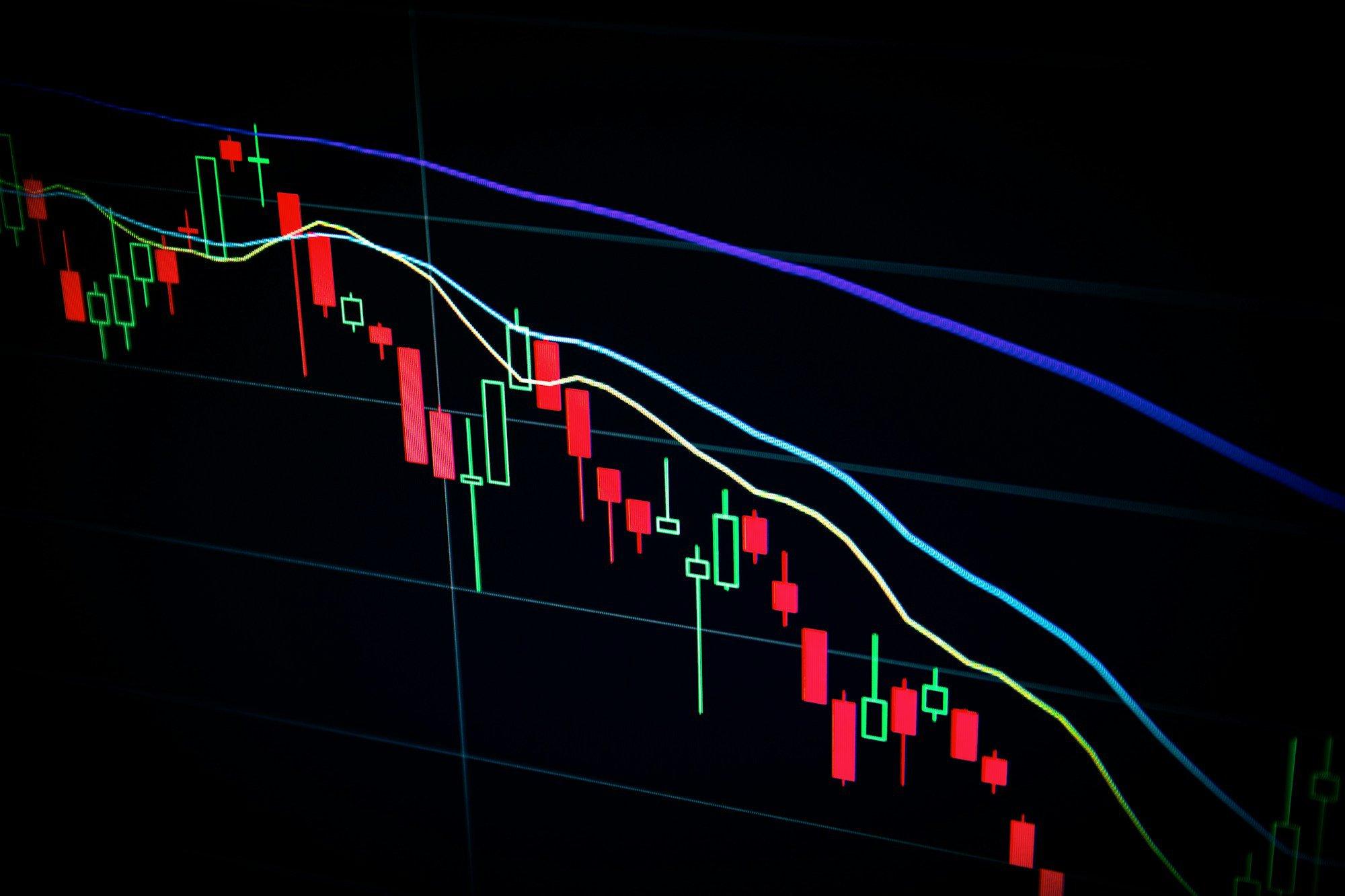Small-cap stocks surged on Wednesday, with the Russell 2000 Index rising over 1.5%, nearing its highest close since November 2021. The rally, which outpaced gains in major indices like the Dow Jones and S&P 500, is largely due to the optimism surrounding economic growth and lowered interest rates benefiting the sector.
The Russell 2000’s performance today signals a potential shift in market sentiment as investors turn to smaller companies after months of focusing on large-cap growth. With the U.S. economy tracking for solid growth, strategists highlight small caps as an attractive allocation opportunity despite ongoing risks.
Key Factors Driving Small-Cap Gains:
Several factors have contributed to today’s impressive small-cap rally:
- Economic Resilience: As lower interest rates ease refinancing pressures on small companies, analysts see a recovery in earnings for the sector after years of contraction.
- Strong Earnings Reports: A broad rebound in sectors like airlines (thanks to positive results from United Airlines) and industrials has also boosted confidence in small-cap stocks.
- Sector-Specific Strength: Analysts point to strong performance in sectors such as healthcare and industrials, where smaller firms tend to thrive when market conditions stabilize.
Investment Strategies
Wall Street strategists suggest that small caps are attractively priced, with Morgan Stanley’s CIO recently upgrading his outlook on the sector to "neutral" following the Federal Reserve's rate cuts. Despite ongoing risks, investors are eyeing "idiosyncratic opportunities" within the small-cap space. The continued earnings rebound and cheap valuations make small caps a potentially profitable area of the market in the coming months.
Investors should remain mindful of risks, such as refinancing challenges and economic uncertainties, but the recent surge suggests a broader shift in sentiment.
The Outlook for Small-Caps
As the market closes in on year-end, small-cap stocks are set to remain in focus. Though earnings improvement is expected, the sector remains sensitive to economic volatility. Investors should keep an eye on macroeconomic indicators and potential changes in Federal Reserve policy that could shift market dynamics.













Responses (0 )